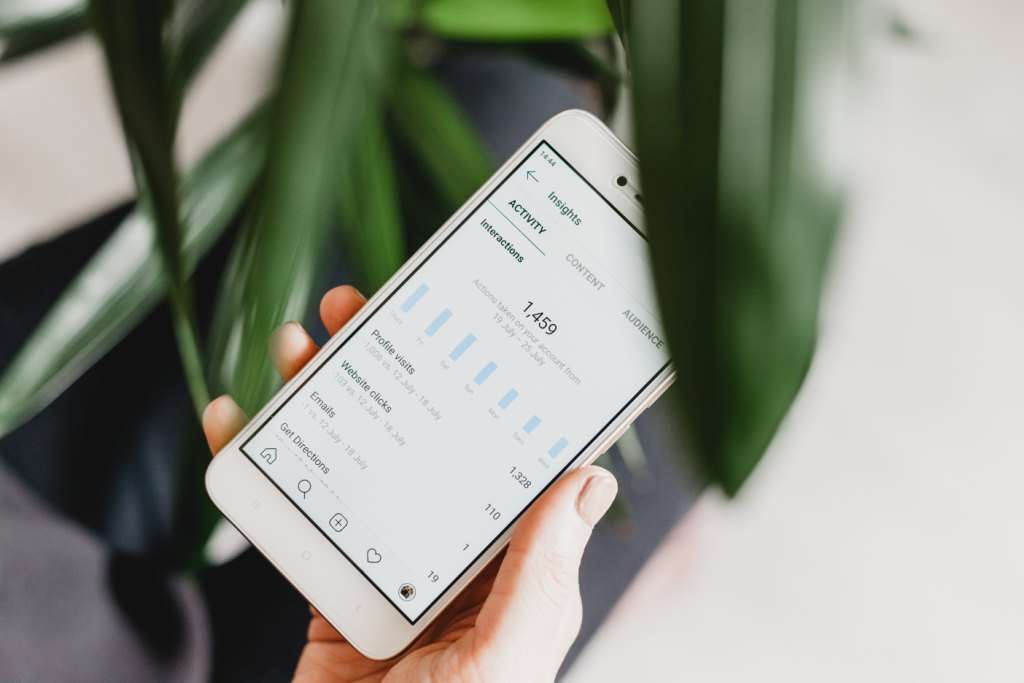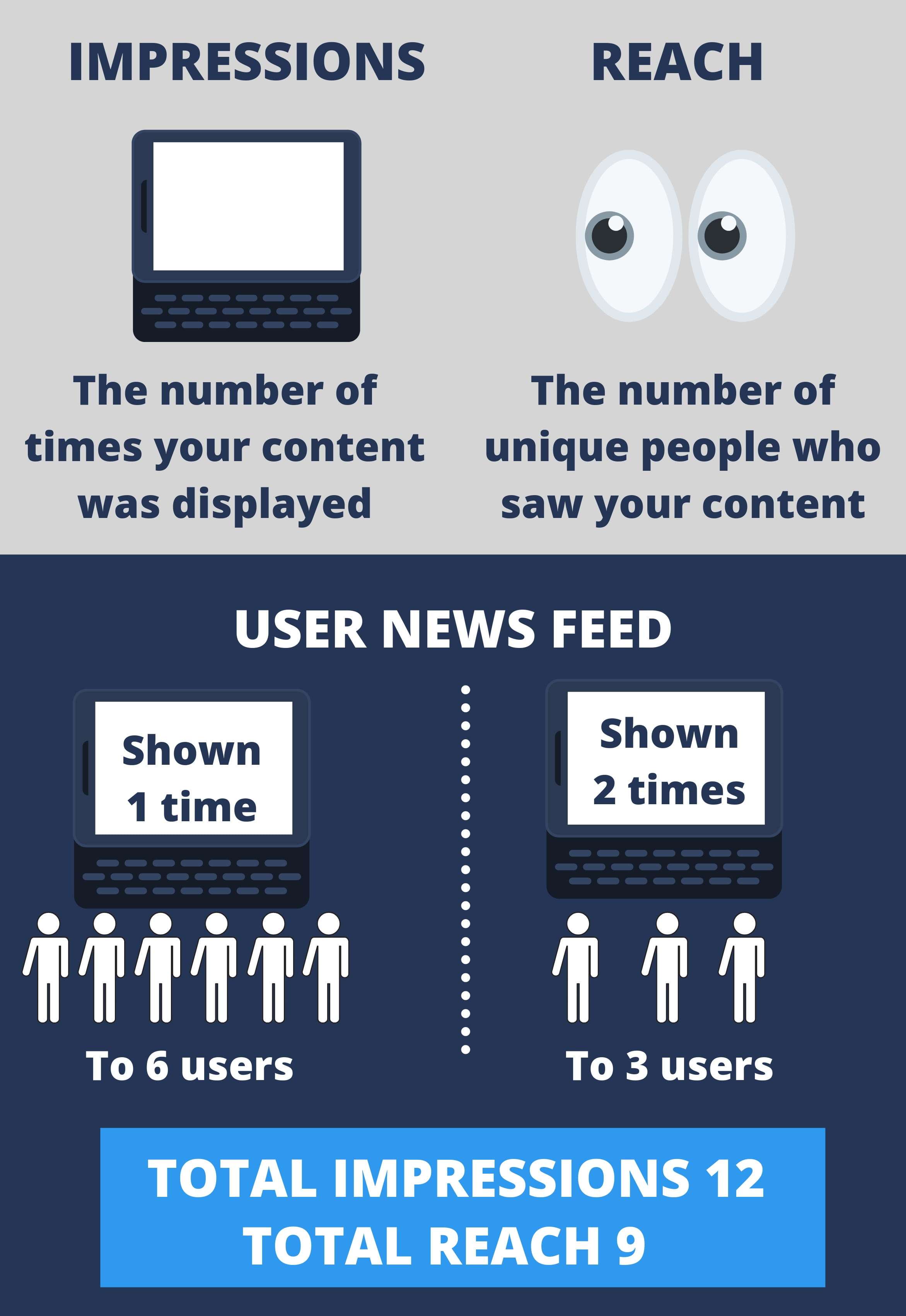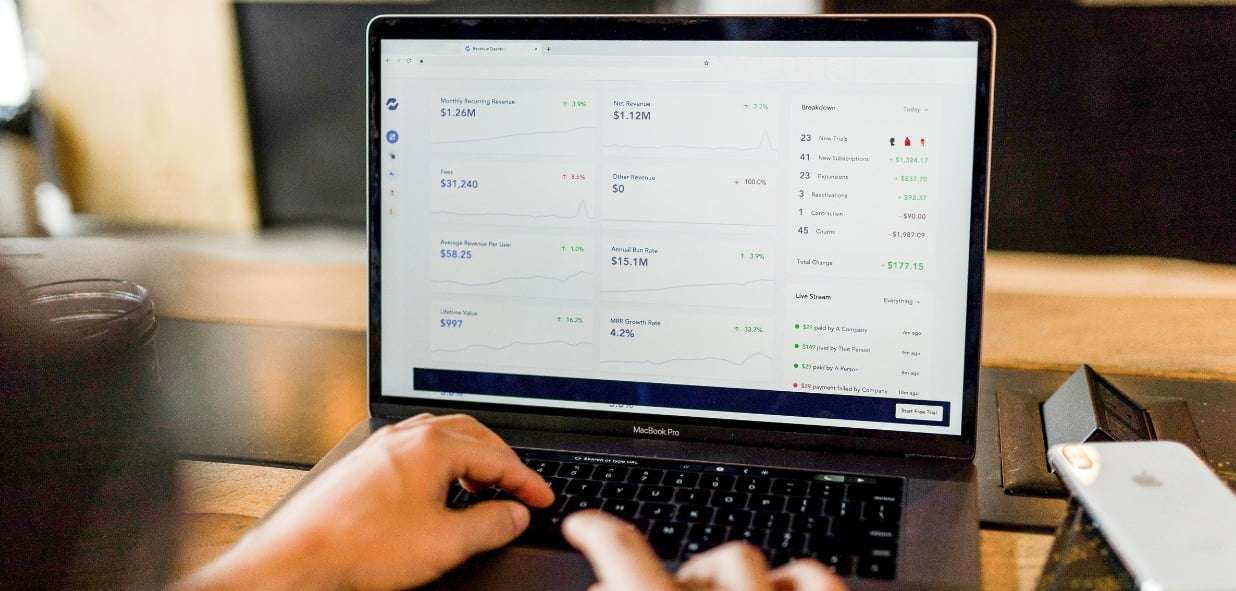We know quite well that social networks are part of the daily life of people, brands and digital influencers, and that having many followers and likes on your posts is important. But, is it just about that?
This is mostly what the potential client will check about us, as technical terms and the analysis of the main metrics is our responsibility: marketing pros and community managers.
Having likes is really important, because they are part of one of the metrics: engagement –but we need to go far beyond likes and getting followers on Instagram, Facebook or any other network. Any effective marketing campaign is based on three pillars: reach, engagement and conversion.
Without these, the campaign won’t be complete and might lead us to illusive results, for each pillar holds its own importance. If reach is not effectively measured, engagement metrics will be distorted. If engagement is not effectively measured, the ability to get new leads to your sales funnel will be compromised. Etcetera.
Besides being the writer of this blog, I’m also the community manager of Workana in Brazil, and to us, these metrics are a key element we deeply care about. All content planning and development is based on the analyzed data and the foundation of our posts is built on these metrics.
So, listen up, fellow entrepreneurs! If you want to hire a social media expert, you should fully understand what each of these metrics can contribute to your business.
Find out how engagement is achieved

Engagement is the result of interactions that have occurred on your post. It may be just a comment, a like or someone who shared your post. It has a key role, since if your content has shown good engagement, the platforms will take that as quality, popular content. The more interactions your content gets, the more the reach it will have.
As a professional, I really enjoy when people comment a post, for it means that they’ve felt identified with the message. If the person took the time for writing an answer, then it means the content actually meant something for them. Besides, answers are not perfect –so you’re given the chance to interact and other users are encouraged to «chat» with you as well.
For instance, check out this post we’ve uploaded on our social networks about 6 tips that any Southasian freelance shoud know to better monitor their finances:

That’s why engagement is so important! It will show that your fans, followers and clients are payin
g attention to what you say and right then you’ll have a chance to influence them to do other things, such as clicking on a link. Engagement leads to a direct answer and, at the same time, direct answers lead to sales.
Another key point is that social networks go through constant changes. Instagram, for instance, is now working on the possibility to hide the likes from posts.
This is still on a testing stage, and its main objective is curbing social media anxiety and increasing user interaction, which will affect positively on relational marketing.
On this new prototype, just the account owner can access the exact number of likes received by a post: followers and other users cannot access this information.
And what about impressions? What are they?
Even when we acknowledge the importance of social media engagement and how it may affect the general success of your campaign, a consistent strategy is still necessary in order to be successful. However, a proper strategy is about accurately measuring your metrics, finding areas to improve efforts and setting the main goal for your business marketing.
Let’s picture the following situation: a digital influencer has 1 million followers on a given social network. This doesn’t mean that every post will be shown to those million people.

The two terms reach and impressions are often mixed up. However, they are quite different concepts and each has its own definition.
Impressions stand for the number of times that your content is displayed in the chronology of a person: someone can see the same content several times, each view is an impression, but not all of your followers are going to see every piece of content you’ve posted.
It’s important for you to know that every time someone sees your content does not mean they will necessarily interact with it so this is not an engagement metrics.
Impressions differ from reach, since the latter just measures the total number of people who see your content, as I’ve mentioned earlier. Impressions are not exclusive from one user –the same content can be displayed to the same user more than once. Besides, impressions also count users who are not your followers.
So, if you see a post shared by a Facebook page you follow and then two friends of yours share it again, this will count as “one” when we measure this metric.
However, when it comes to measuring impressions, it will count as three, as content was shown up in your news feed from three different sources: from the original publisher and then again when your two friends shared the publisher’s post.
Now that we’ve mentioned it, we’re going to learn what Reach is.
Reach is an old –though still relevant marketing metrics. It will show to which extent the messages actually reach the users.

If you’re willing to use this metrics to assess your engagement, you may follow this formula:
- Add the number of likes + comments + times that your content was shared in any social platform.
- Divide the result by the total number of fans.
- Multiply that by a hundred.
Measuring only your reach on social networks, however, may limit you, as it just shows how many people might have seen your post –unlike engagement, which gives more of a final response (such as the X amount of likes) the reach is only an estimation. Below there’s a list of some other ways to monitor reach.
1. Followers or fans
The total number of people who follow your brand on social networks reveals your reach, which has nothing to do with engagement. This is the total amount of people who can see your post.
2. Traffic data
You can measure and track your website traffic percentage coming from social networks. If you invest in content development on social networks, it’s highly advisable to monitor the results of such investment. You can easily identify that figure using an UTM code in your links, and a social media pro can help you with that.
By checking on the reach and impressions, you can increase your engagement and make your interactions on social networks more productive than ever.
Other important things to take into account:
- Having great reach but low engagement is a bad sign, as it shows you’re not generating an interesting message for your audience.
- Reaching a million people means nothing if they’re not interested in what you have to offer.
That’s why this strategy of paying for likes or followers used by some is completely useless –you may have a large number of fans, with quite a few impressions, but if your reach is not good and the conversion rate is very low, there will be really little engagement.
If you achieve communication with your target audience, and they feel engaged, it doesn’t matter how small that audience might be –it will grow organically and it will get new leads.
Conclusion
Analyzing statistics and performance metrics on social networks is important for any business. These reports may help you decide about where to focus. More than serving the followers and the engagement, they will reveal which networks are better for your return of investment (ROI) and for your branding.
Social media marketing pros know the metrics, understand their differences and are well-prepared to execute and analyze successful campaigns. Counting on a pro to manage your social networks is essential, since assessing all the metrics is a smart decision.
Here in Workana, you will find social media pros who can help you develop a digital strategy for your business.
Follow our profile on Instagram and get the best content on freelancing and entrepreneurship daily.



